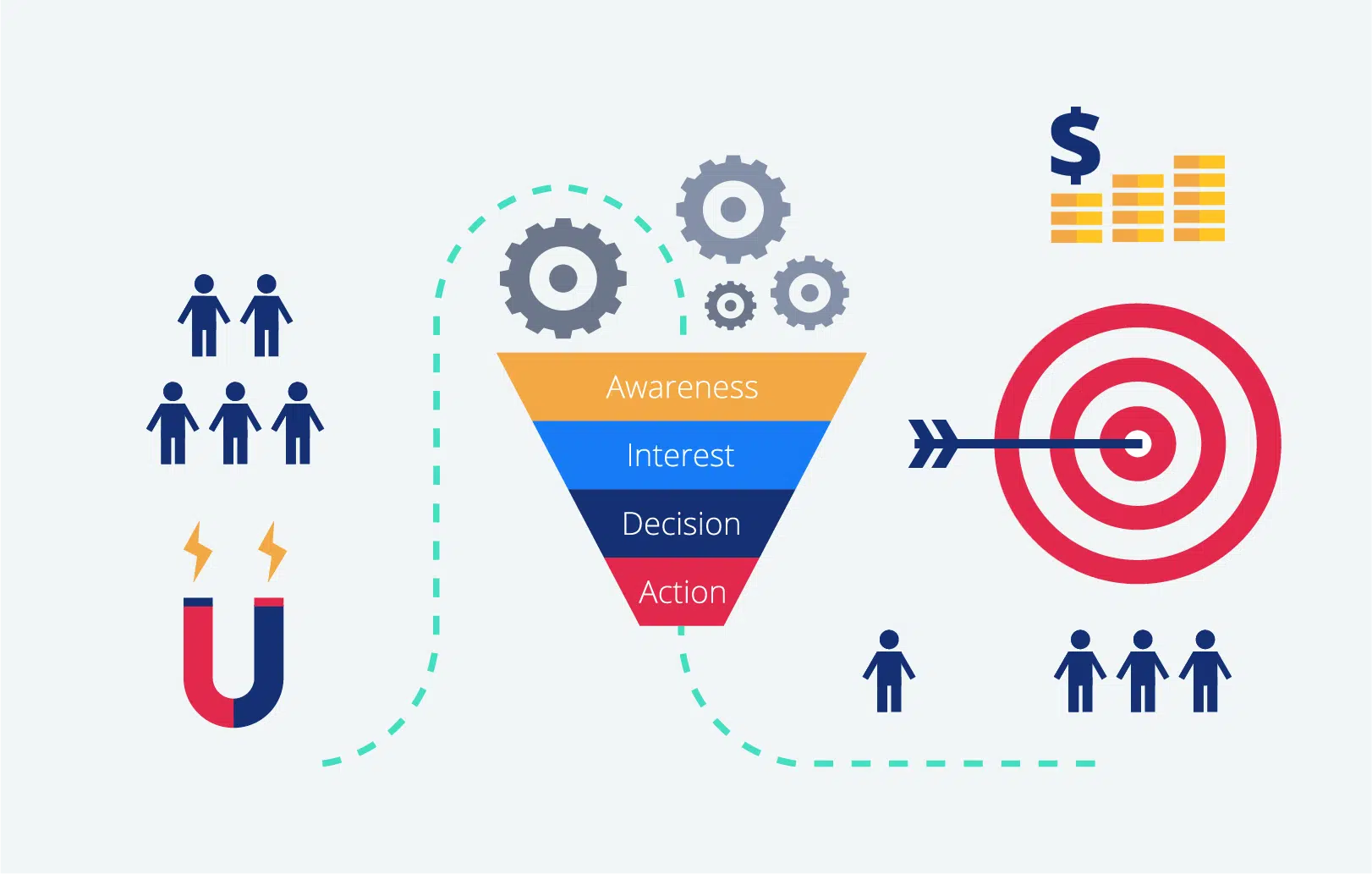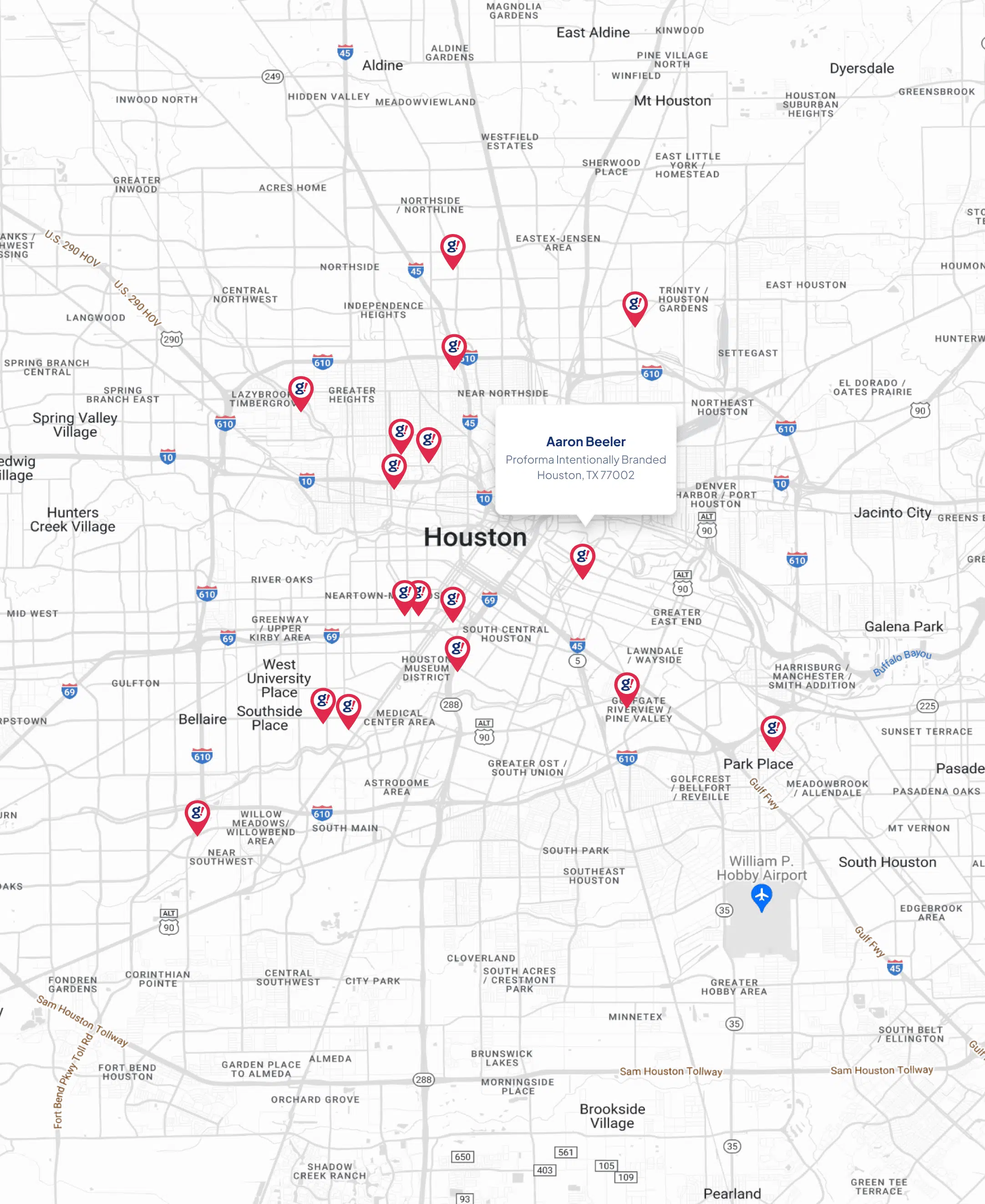One of the most common challenges I see in marketing is when a business tries to appeal to everyone.
It usually comes from a good place. You want to grow. You want more customers. The logic starts with the idea that they can help everyone, so why not target everyone? The broader the message, the bigger the net, the better the outcome… right?
But in reality, when you try to market to everyone, you often end up resonating with no one.
People need to feel like you’re talking directly to them
We’re living in a world of short attention spans and people who have been marketed to their whole lives. If someone lands on your website, sees your ad, or reads your email and can’t tell within a few seconds if your offer is meant for them, they’re already gone.
We scroll. We skim. We make decisions quickly.
So your message needs to stop people in their tracks and say, “Yes, this is for you. I understand what you’re going through. Here’s how I help.”
When you try to water your message down to reach a broader group, you lose the specificity that actually creates connection and trust.
Clarity creates confidence
It might feel counterintuitive, but narrowing your audience doesn’t limit your opportunity. It actually opens the door to stronger, more aligned customers, the kind who are easier to work with, quicker to say yes, and more likely to refer you.
Clear messaging attracts the right people. It also helps your team focus, simplifies your sales process, and leads to better long-term growth.
In contrast, vague messaging often leads to low-quality leads, wasted time, and frustration… Both for your marketing team and for your prospects who don’t know if what you offer is relevant to them.
Examples matter: generic vs. targeted messaging
Let’s look at a few side-by-sides. Here’s what broad messaging sounds like:
- “We help businesses grow”
- “Customized solutions for your needs”
- “We’re here to support you every step of the way”
Now compare that to messaging with real clarity:
- “We help eCommerce brands turn abandoned carts into sales through automated email flows”
- “We build websites for law firms that need to rank locally and convert leads fast”
- “We manage Google Ads for HVAC companies that want more high-quality service calls without wasting budget”
The second group doesn’t try to appeal to everyone, and that’s exactly why it works. It helps the right person say, “Yes, this is what I’ve been looking for.”
You can still serve a variety of clients; just don’t speak to all of them at once
Here’s the part that brings people relief: Narrowing your message doesn’t mean narrowing your entire business.
You can still work with different industries. You can still take on a variety of projects. But your marketing, which is the way you communicate and the way you show up offline and online, should speak directly to the customer you want most.
Because when you speak to everyone, you blend in. But when you speak directly to your ideal client, you stand out.
Ask yourself:
- Who is my ideal customer?
- What do they care about?
- What problem are they actively trying to solve?
- What language do they use to describe that problem?
Then look at your website, your social media, your emails, your ads… Are you answering those questions clearly and directly? Or are you trying to be everything to everyone?
Final Thought
The businesses that grow with intention are the ones that get clear on who they’re serving and why. They don’t try to be the solution for everyone. They focus their efforts and speak directly to the people who need what they offer.
Because at the end of the day, great marketing isn’t about casting the widest net… It’s about casting the right one.
If you’re ready to tighten your message, clarify your audience, and build marketing that works, let’s talk.








